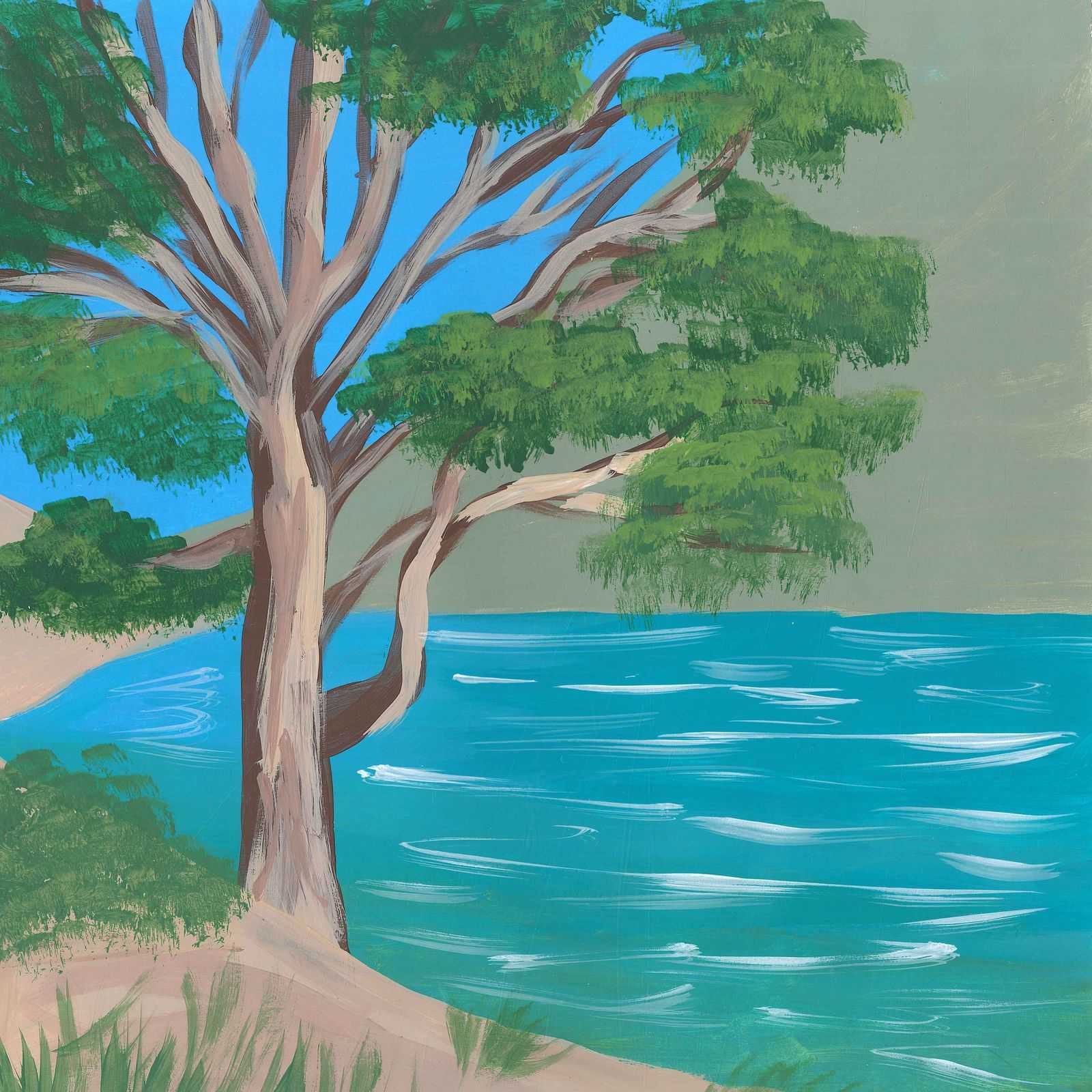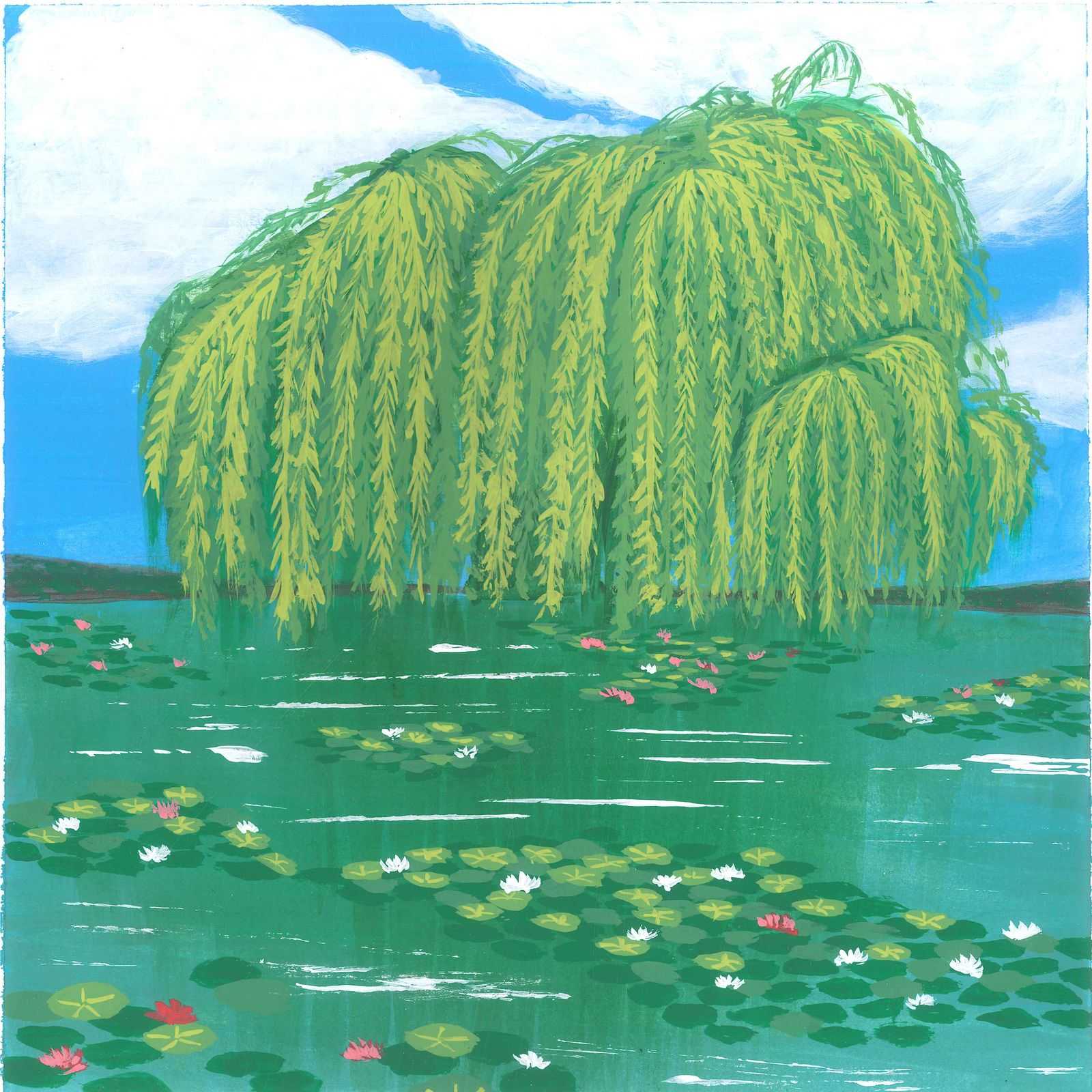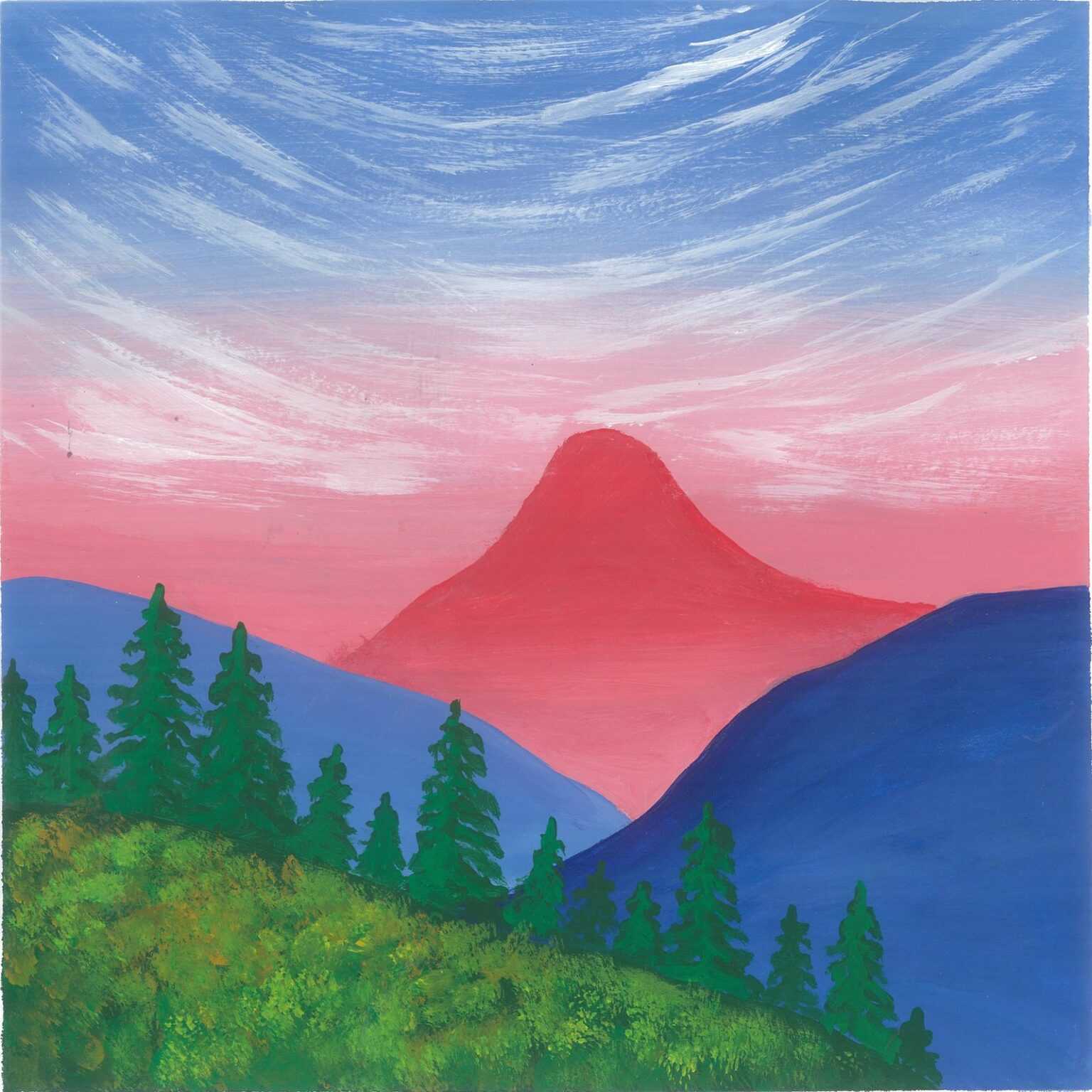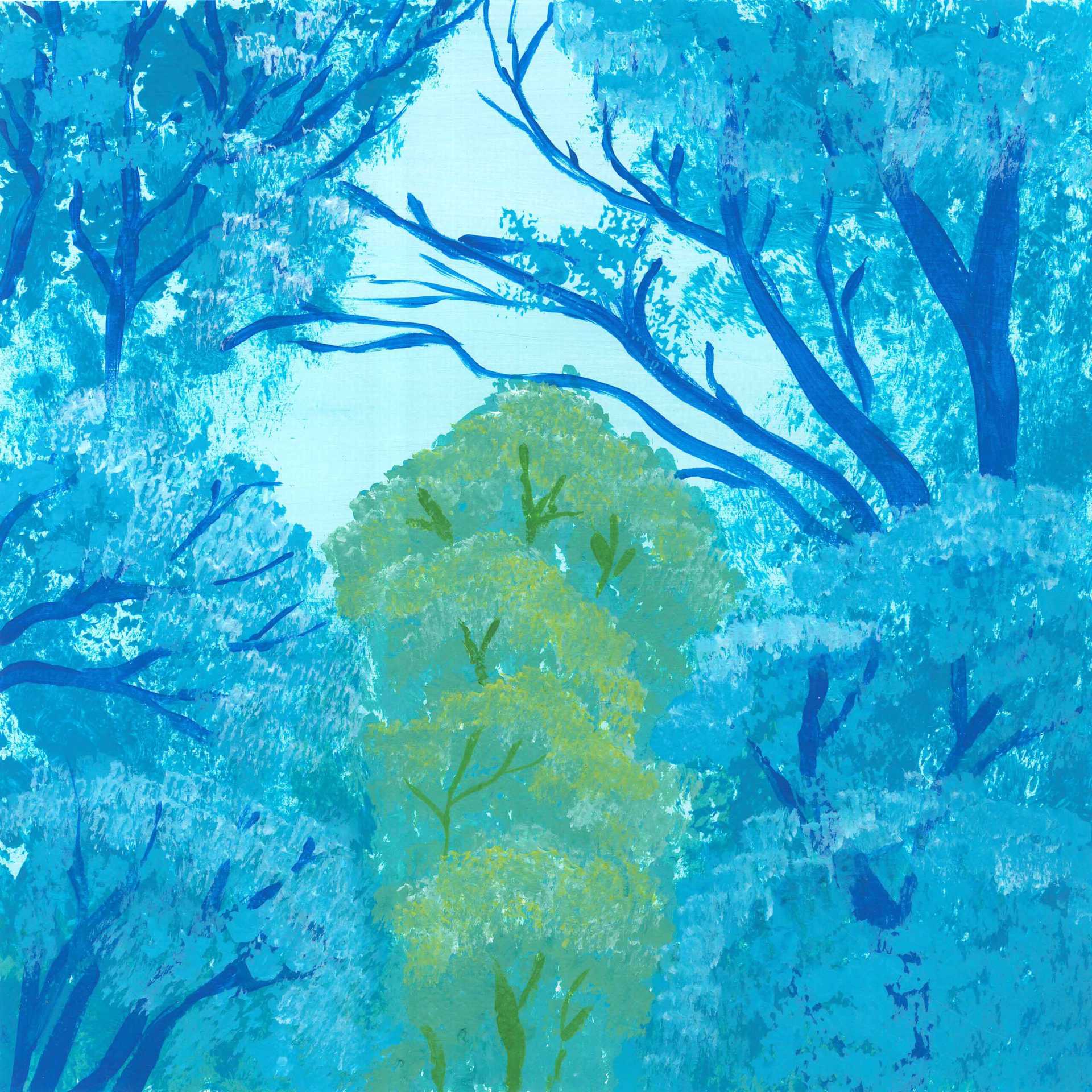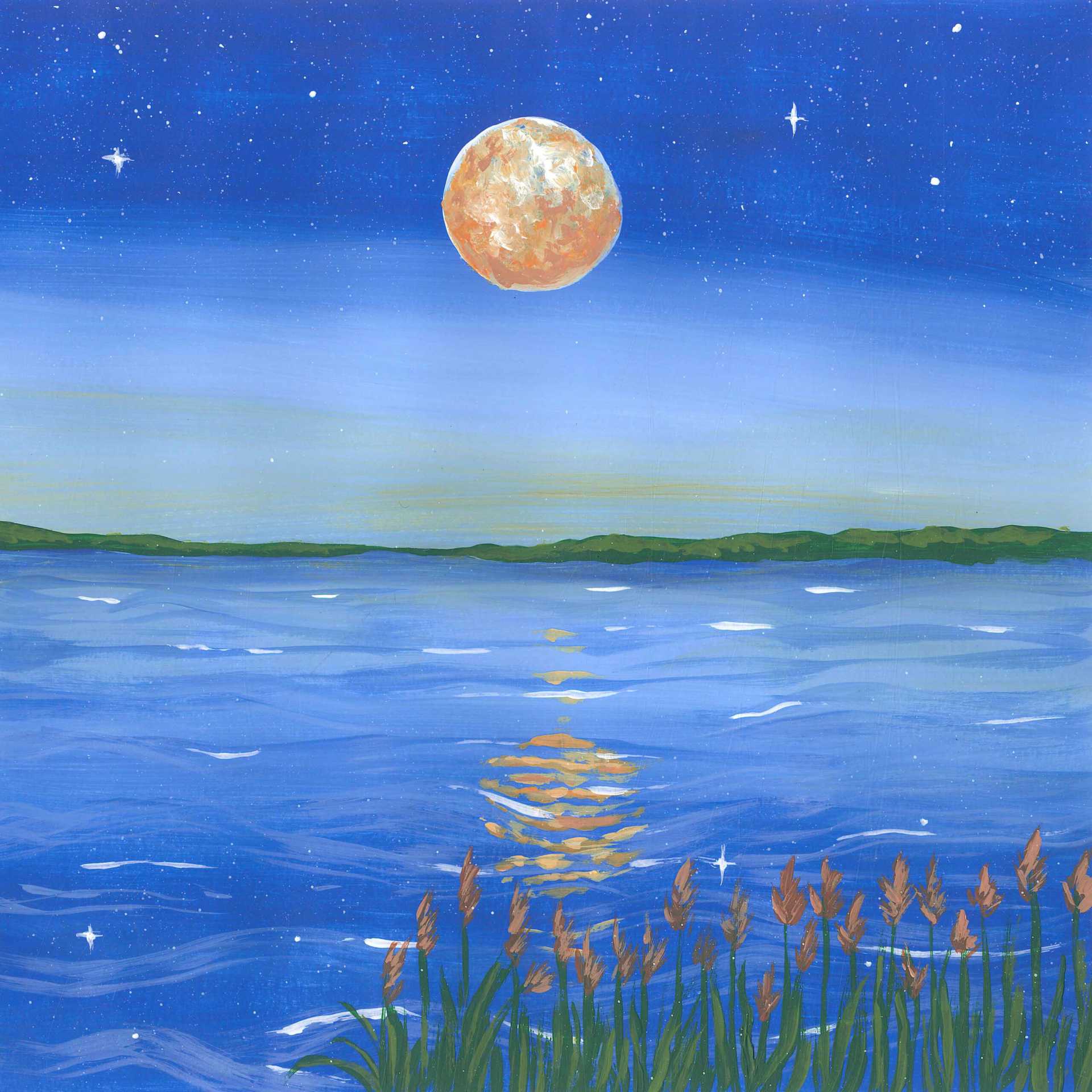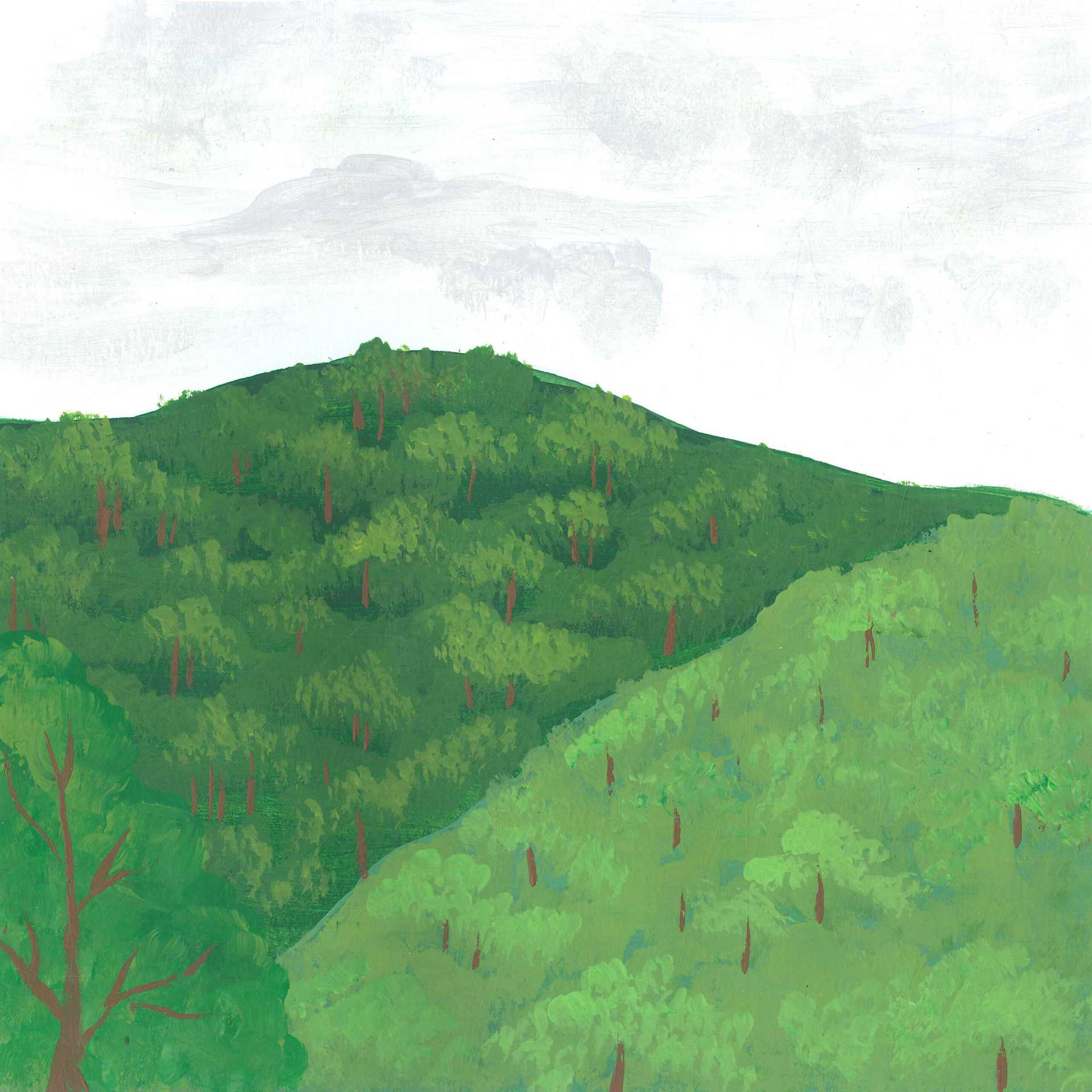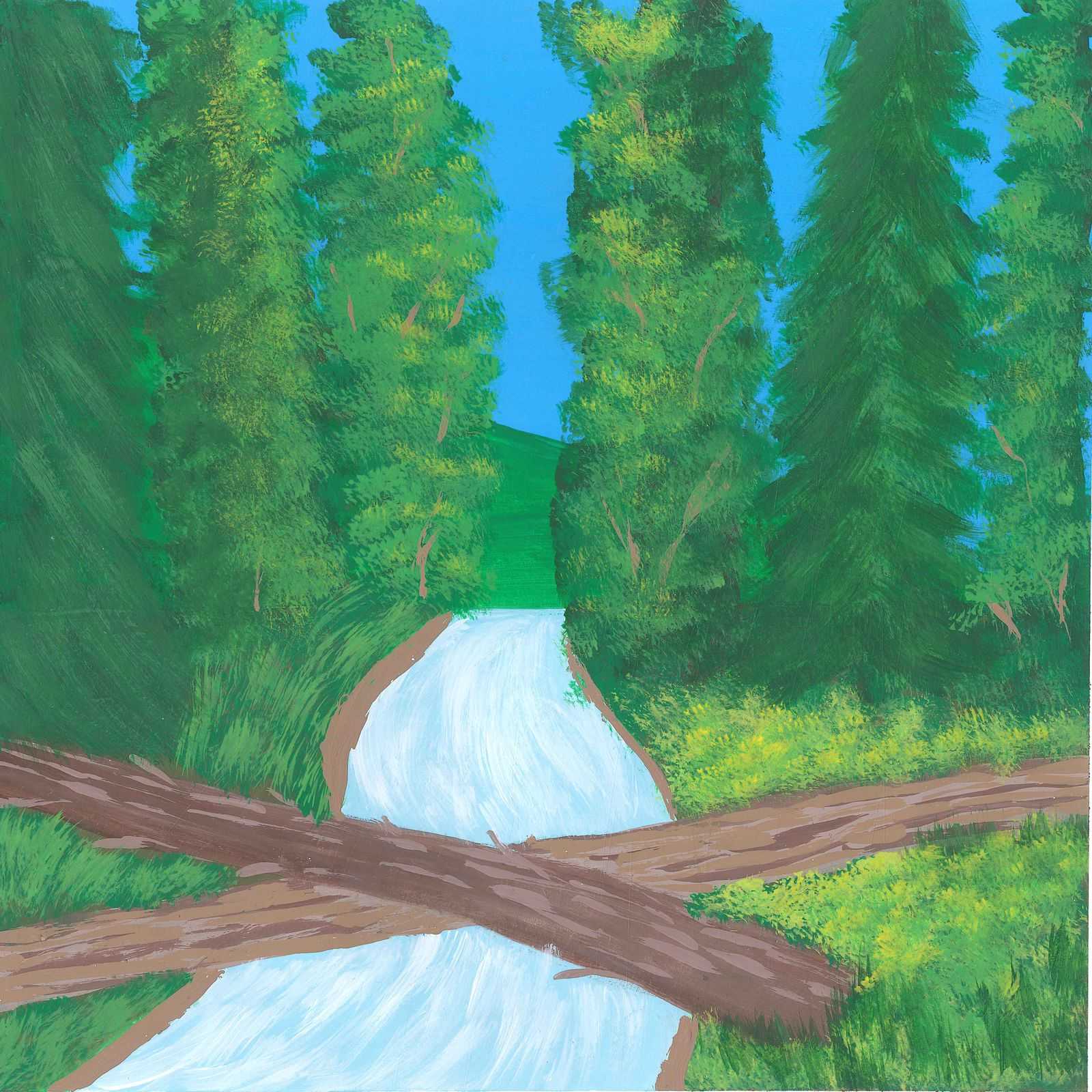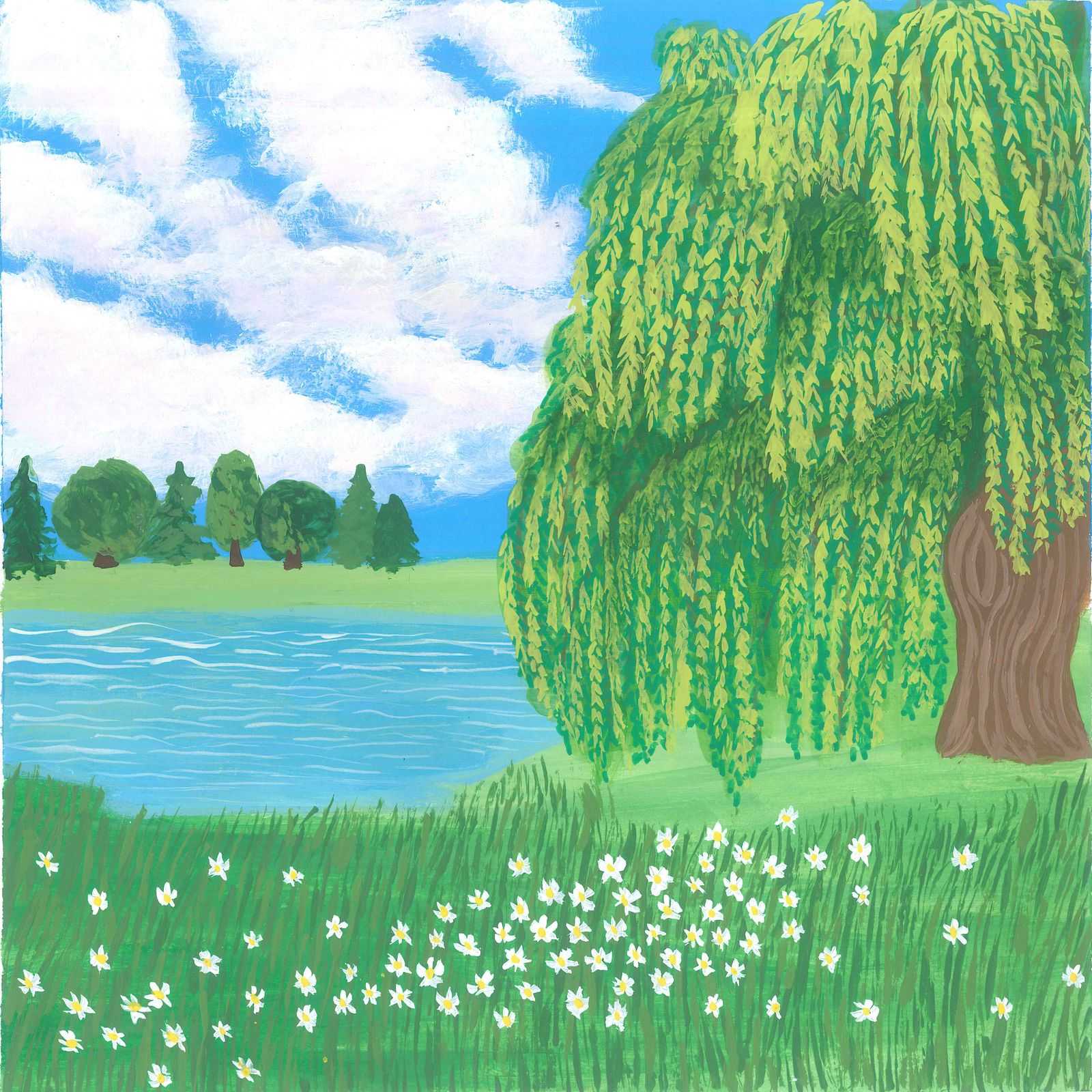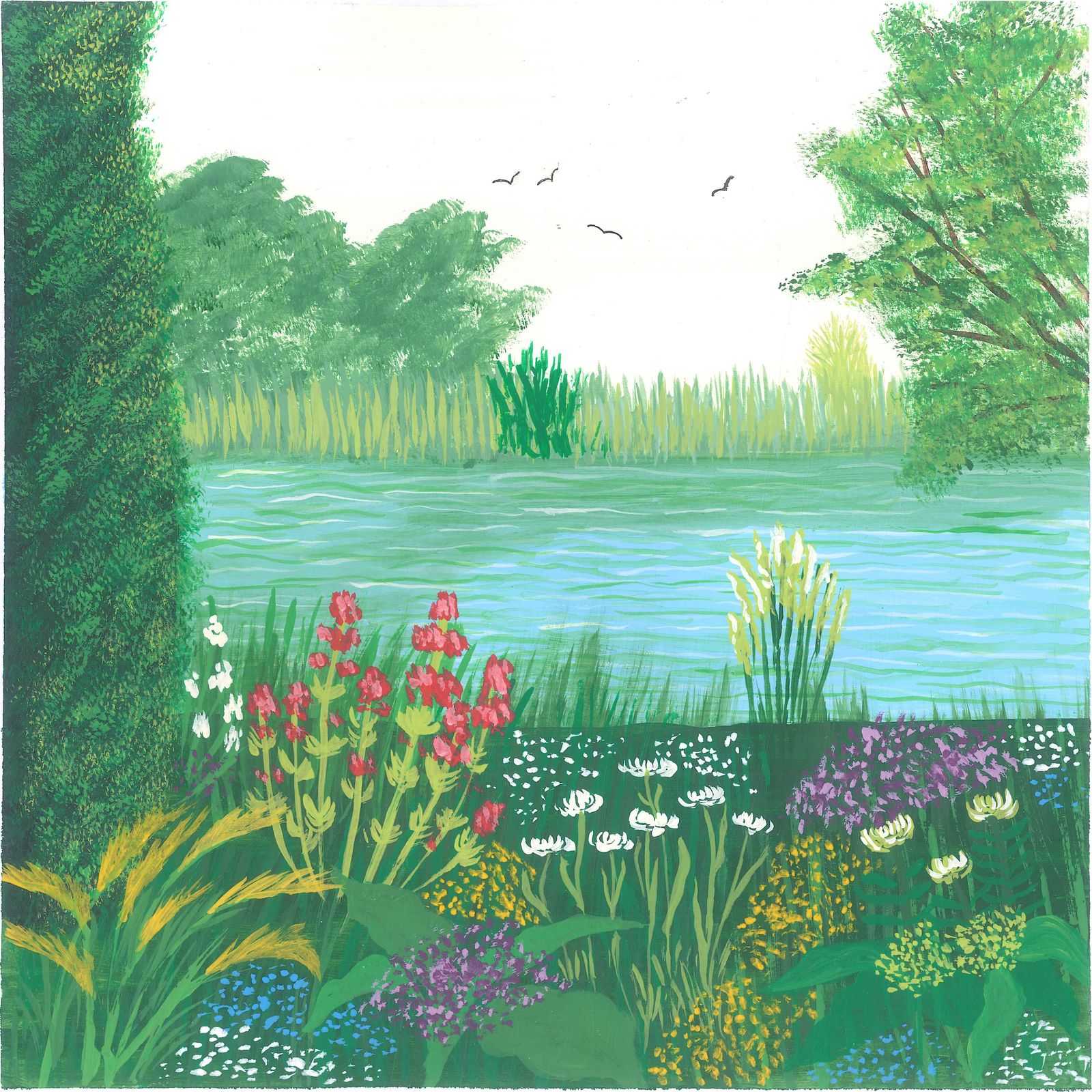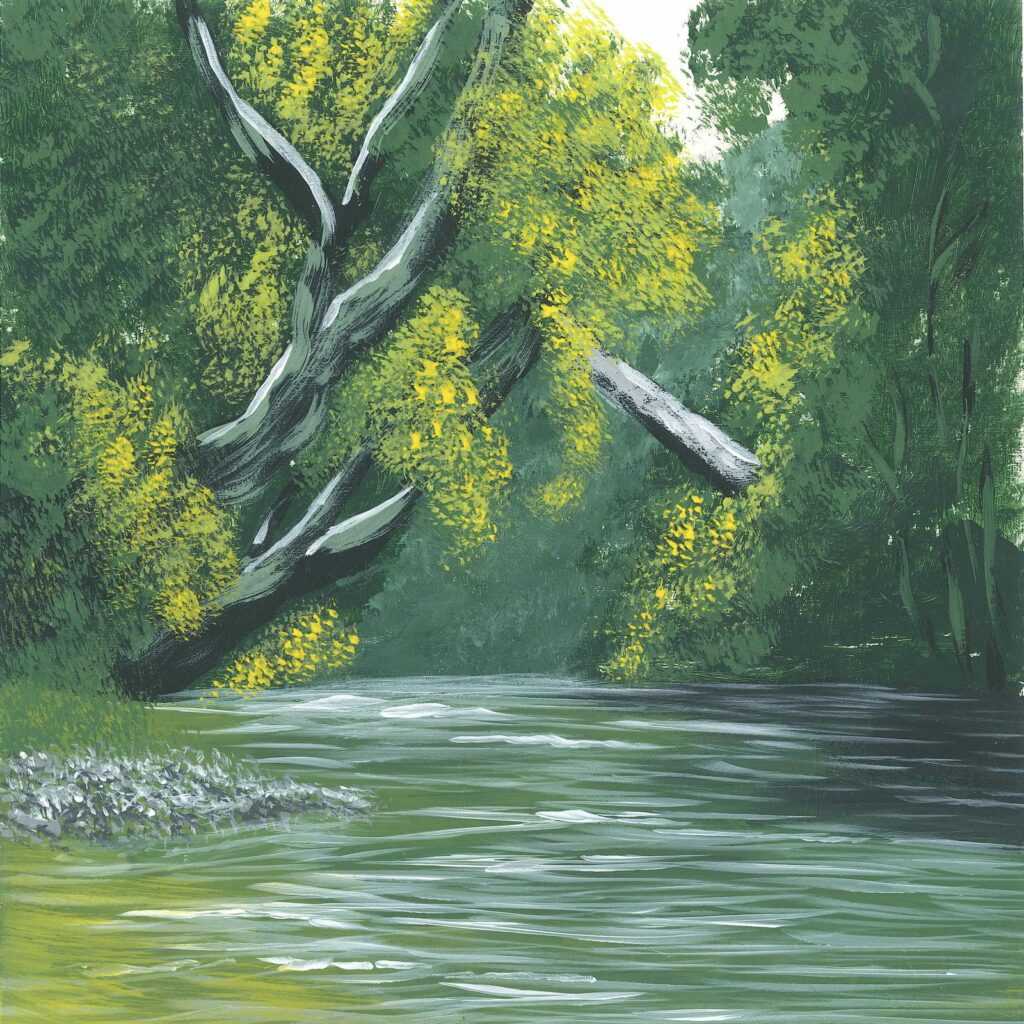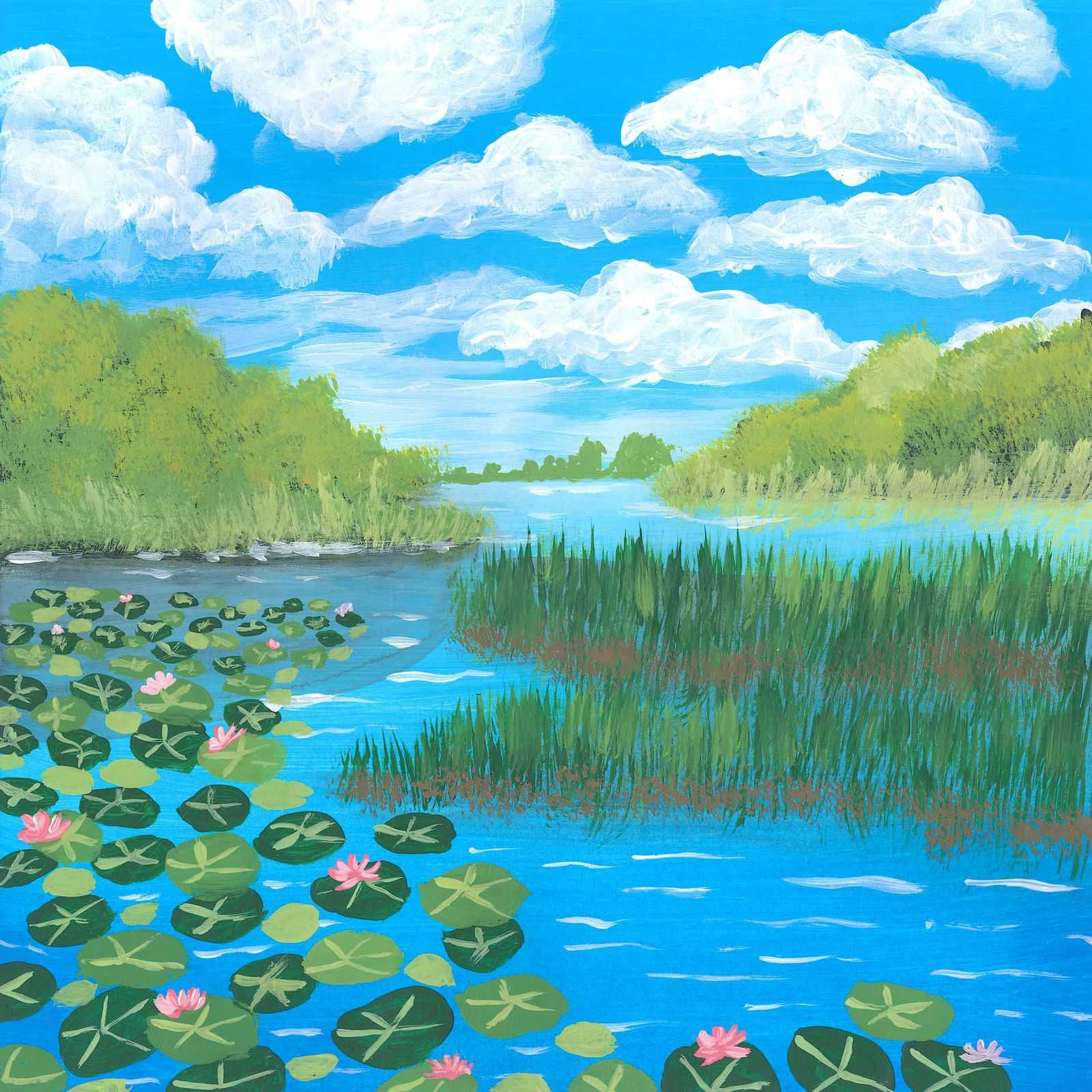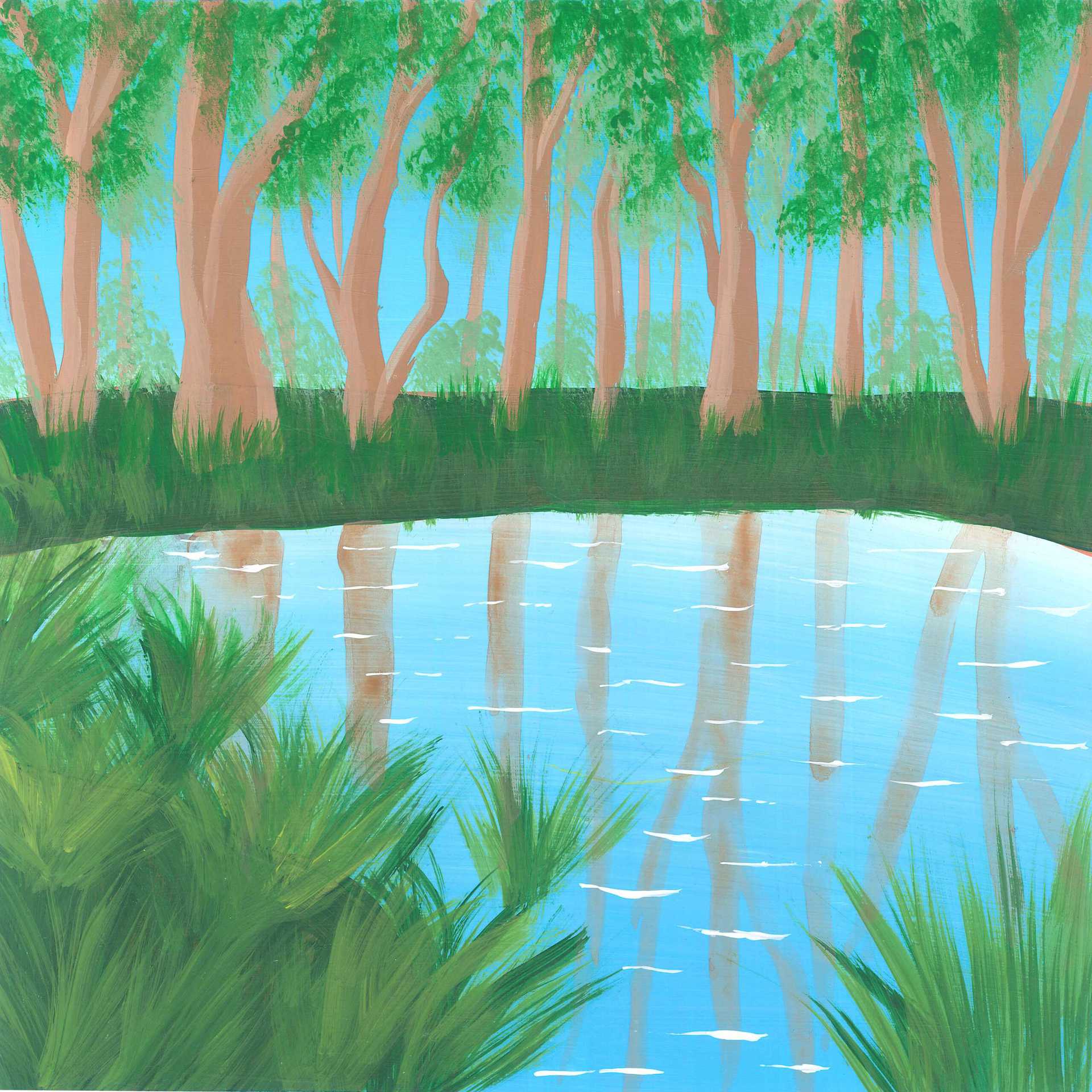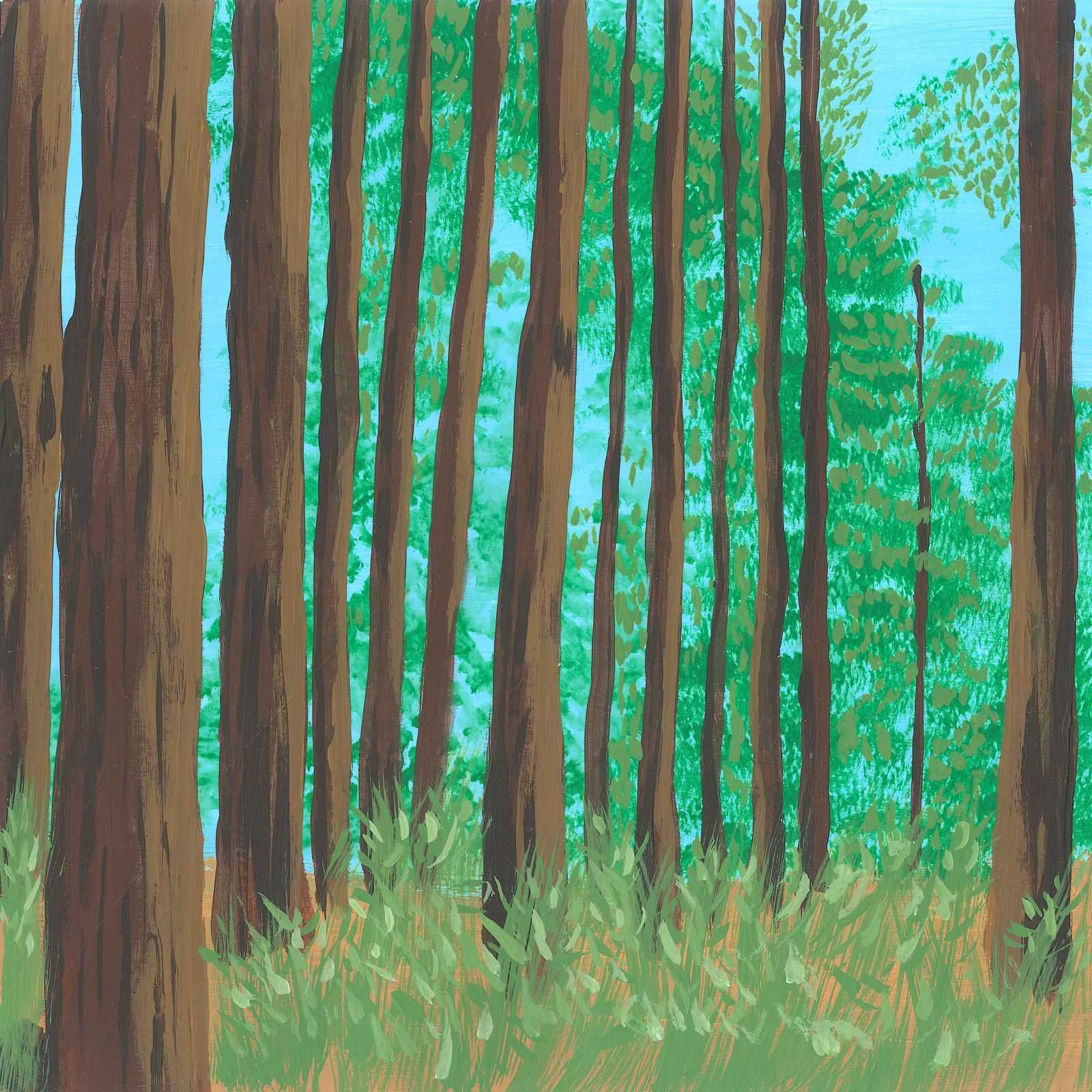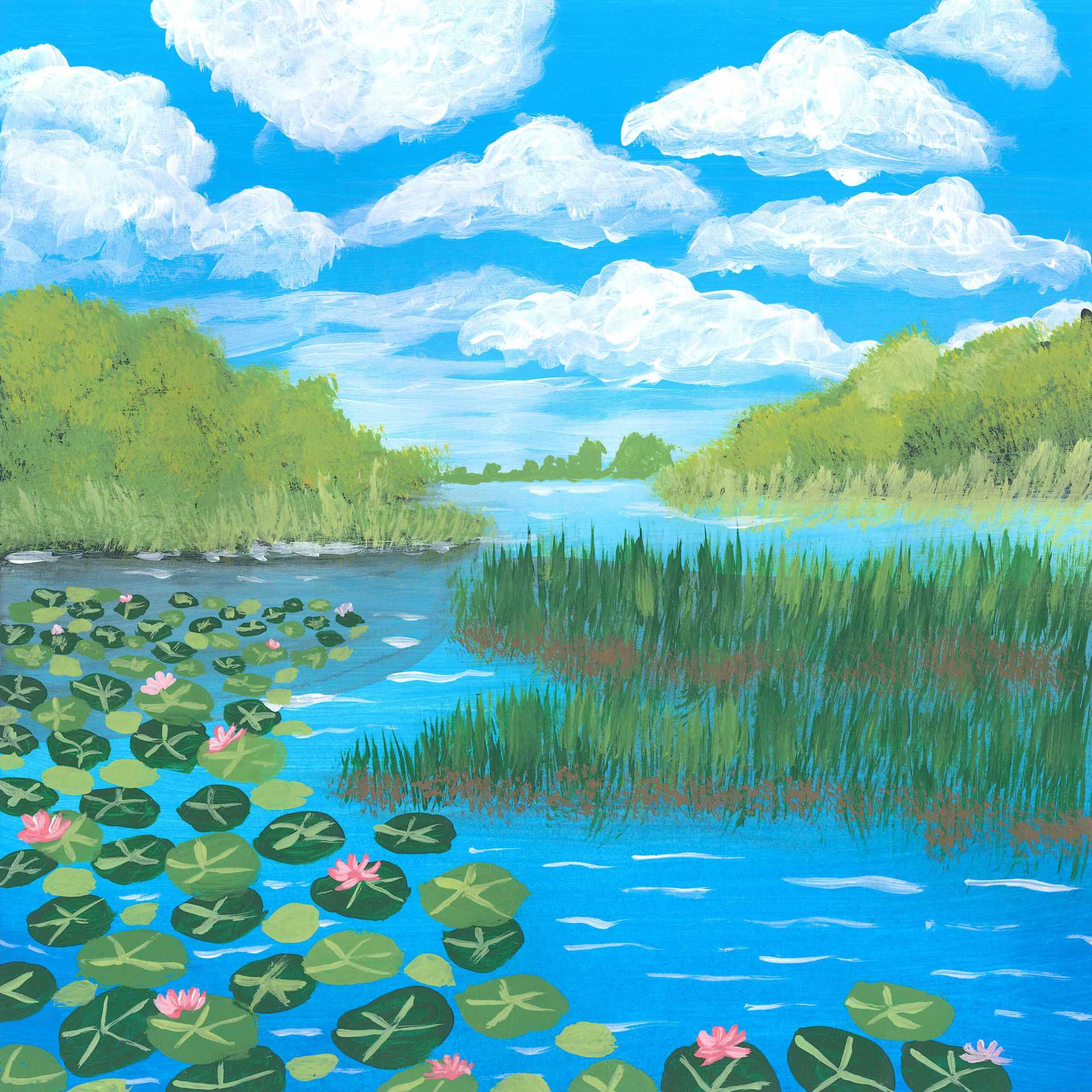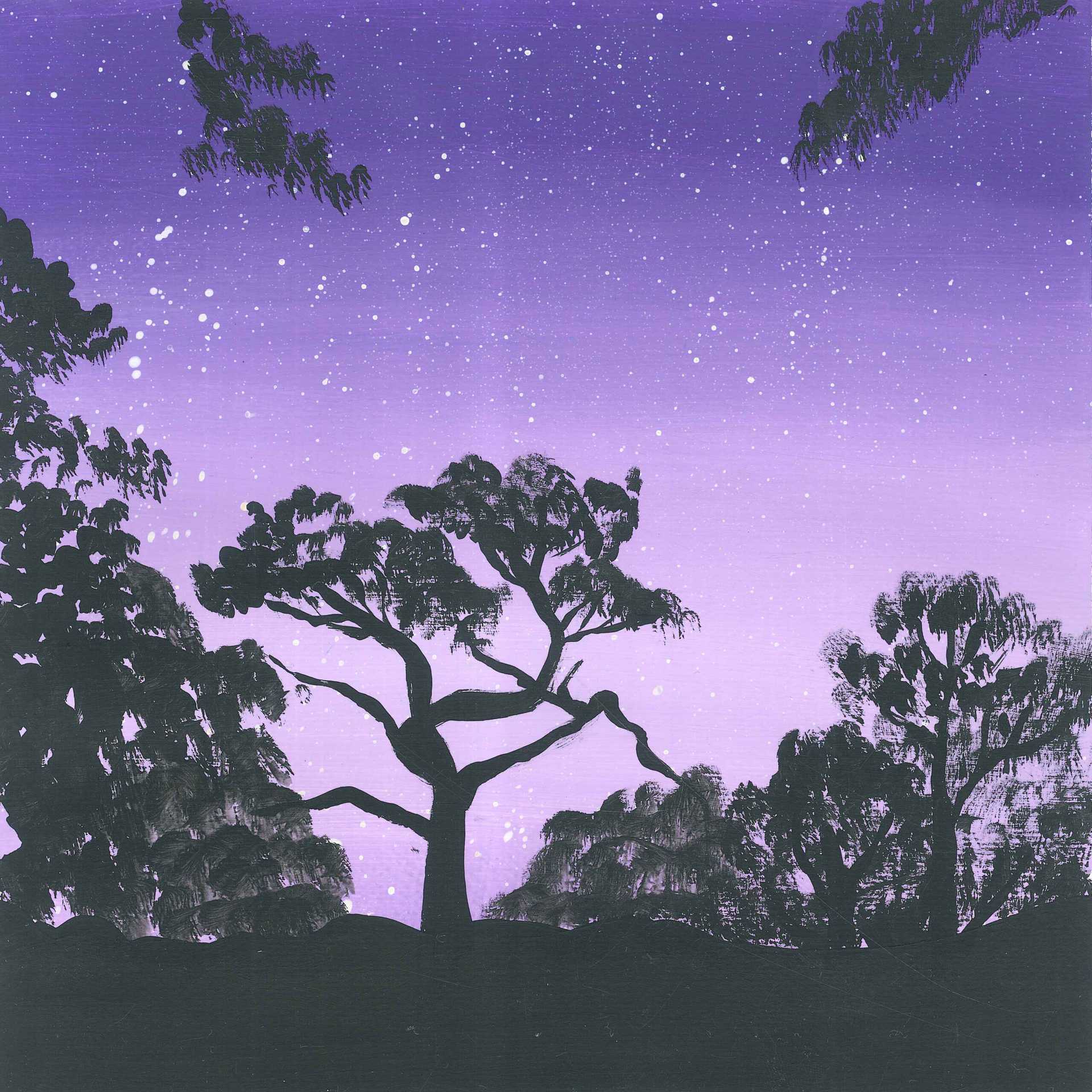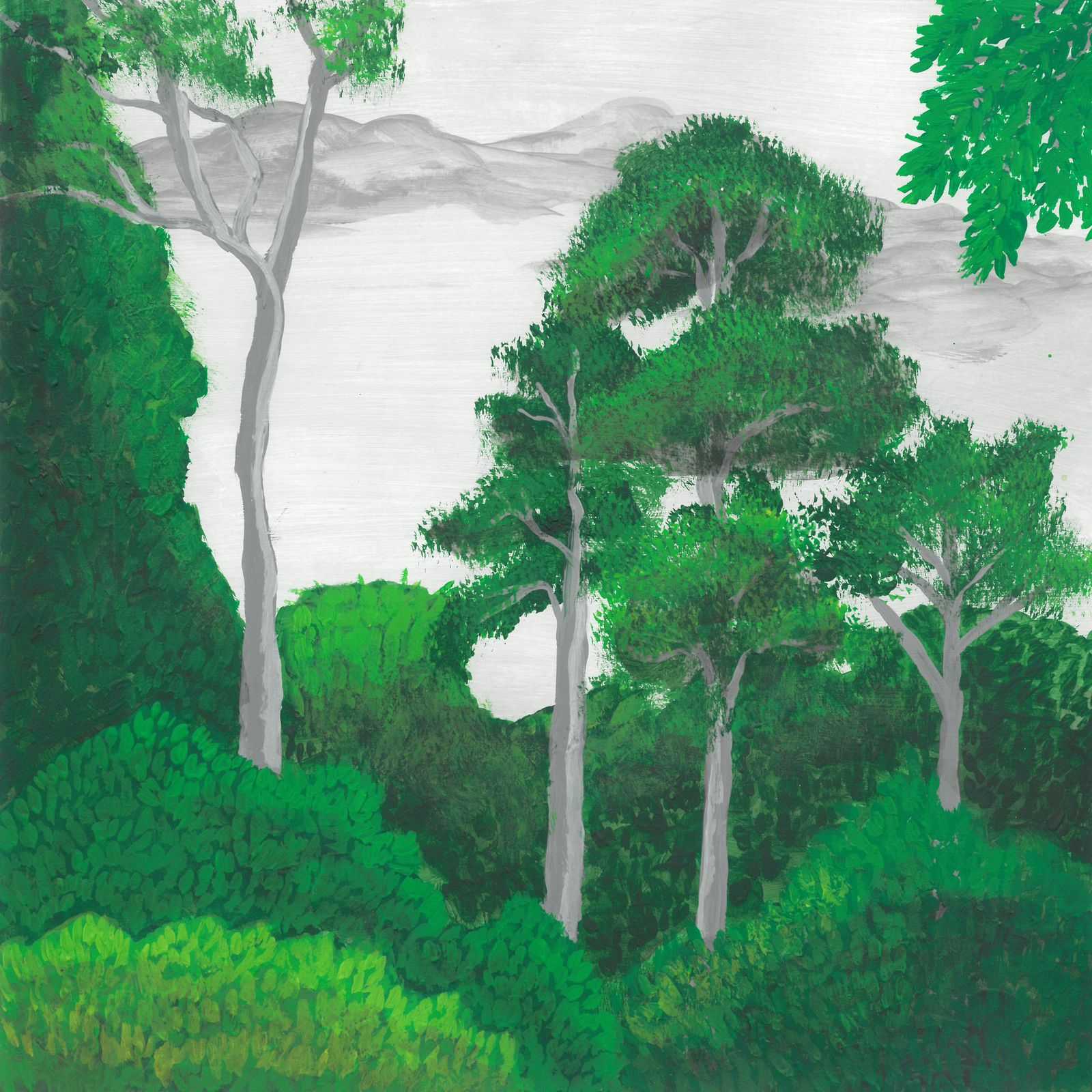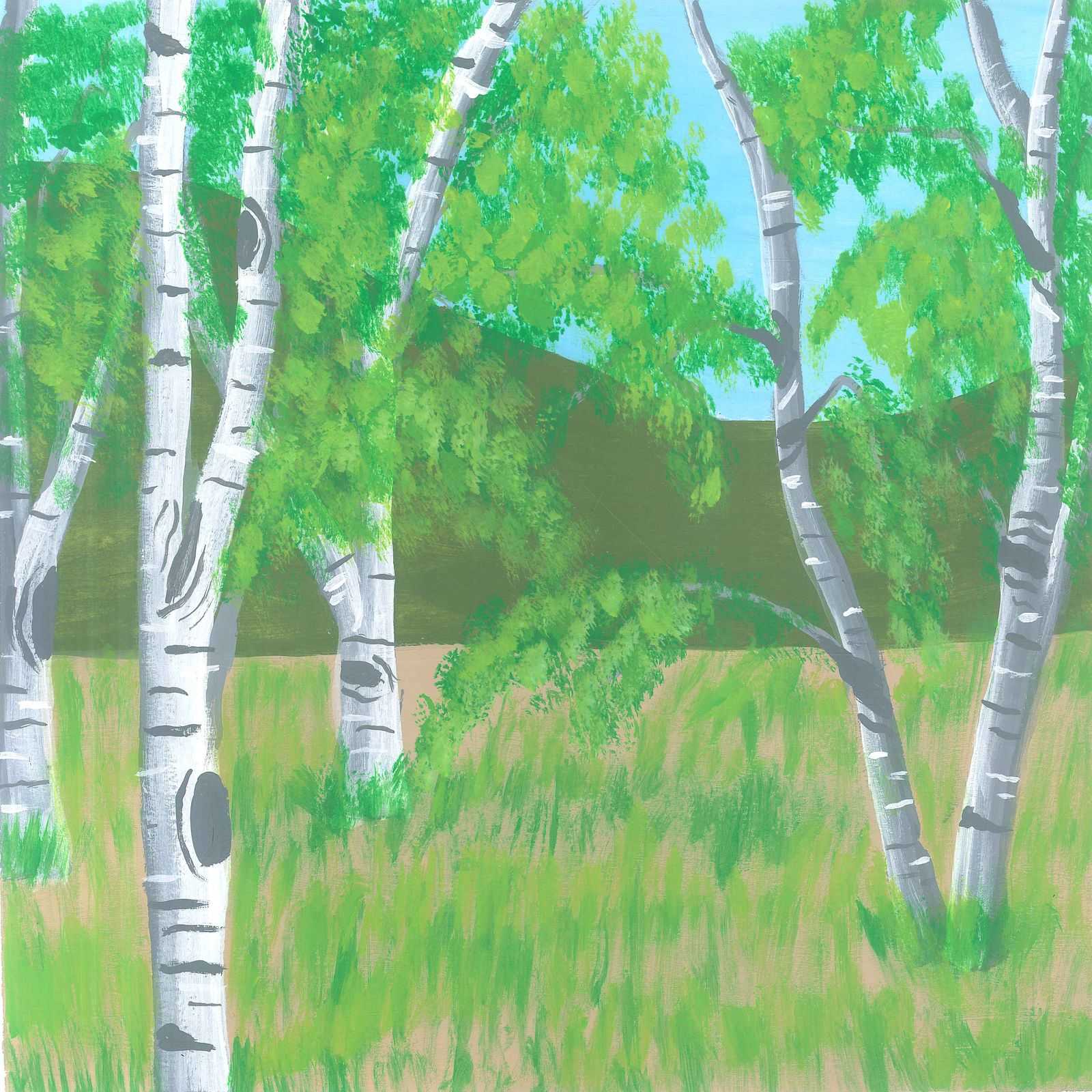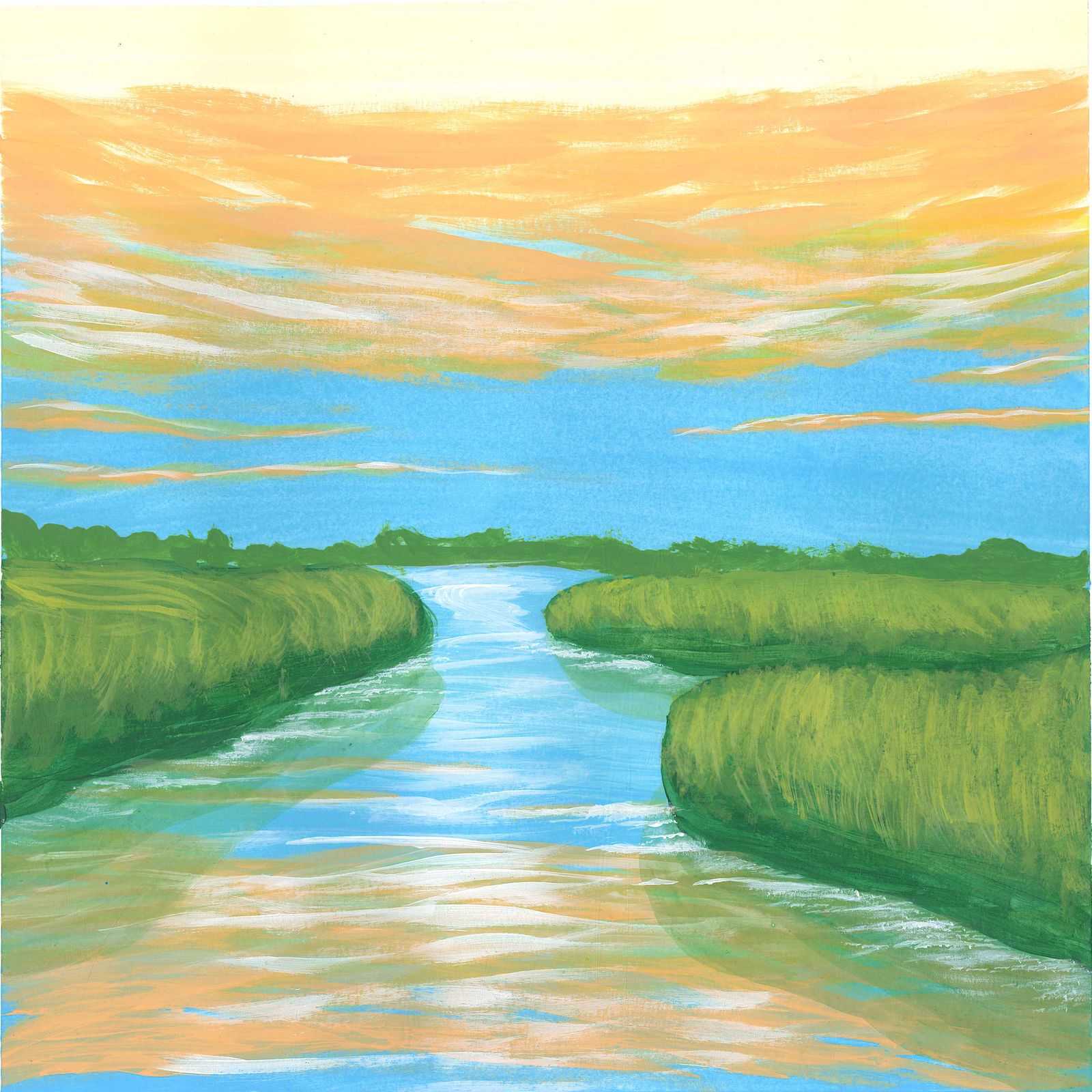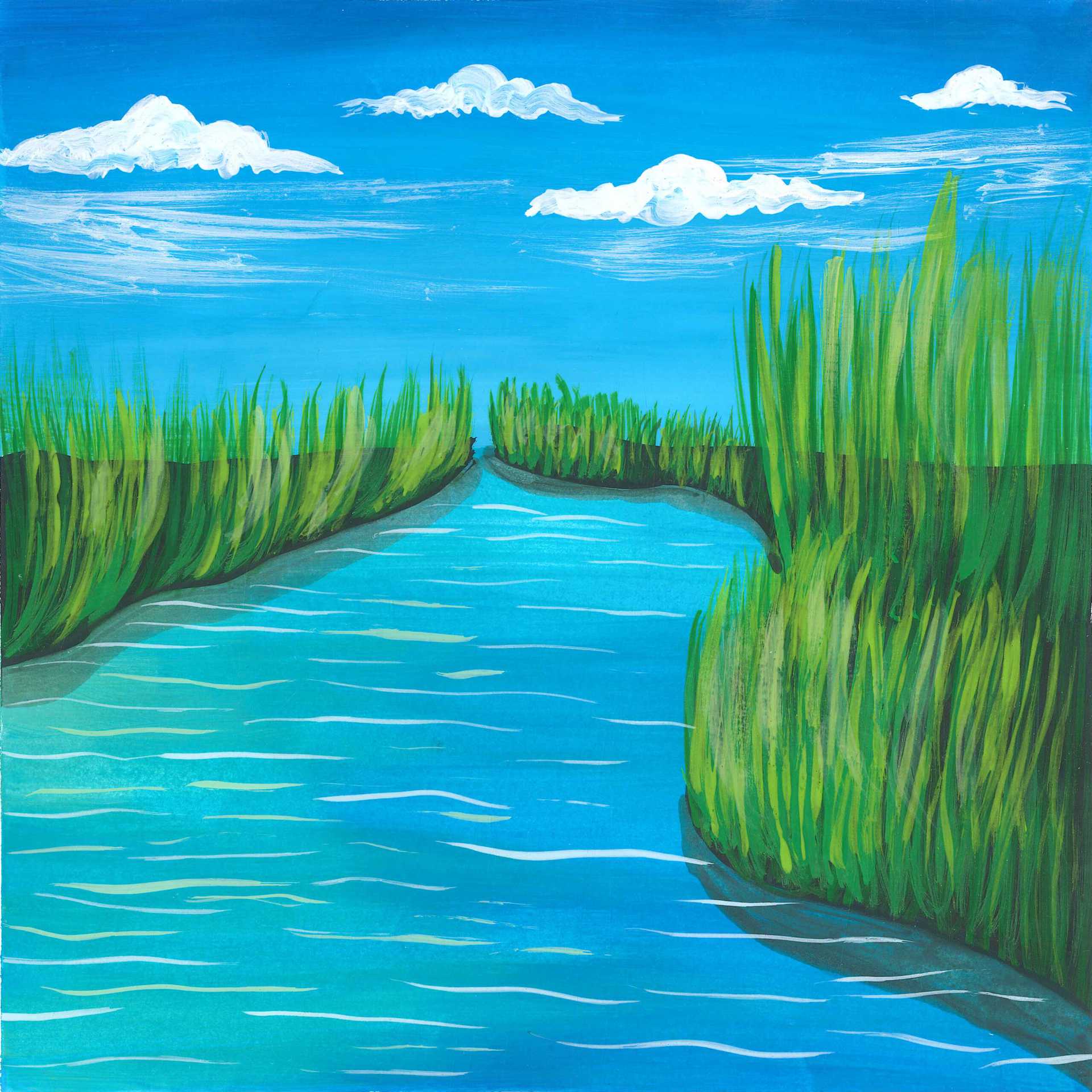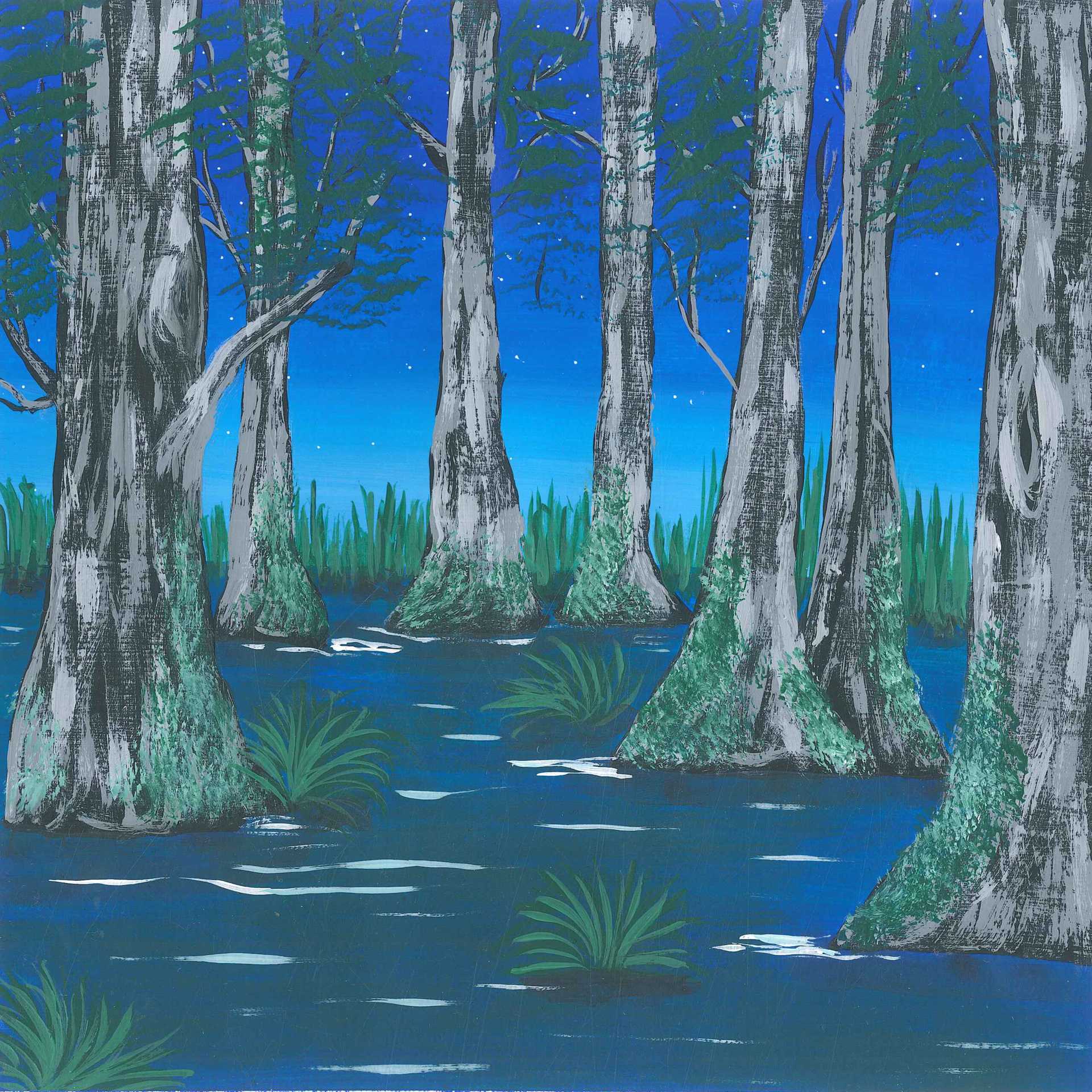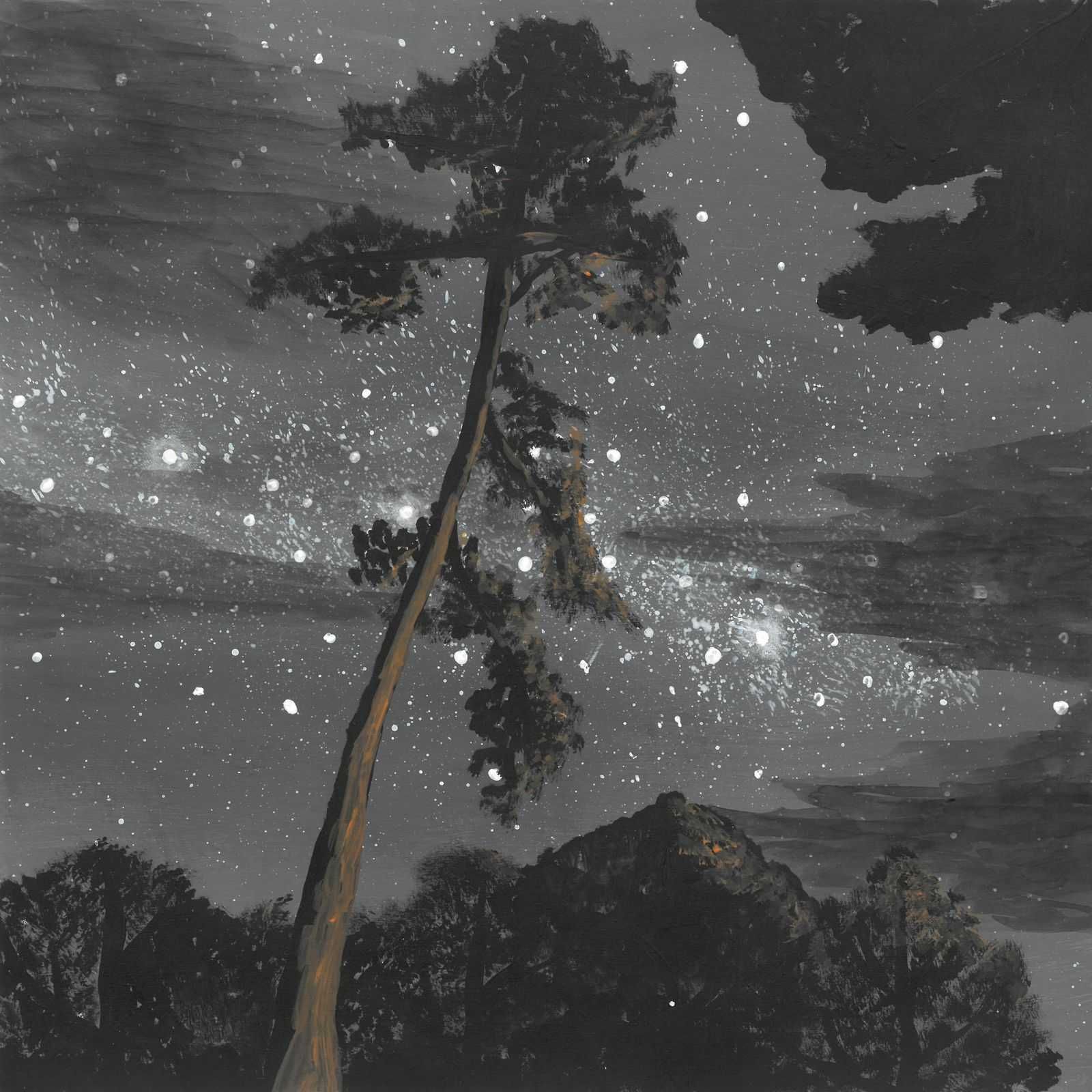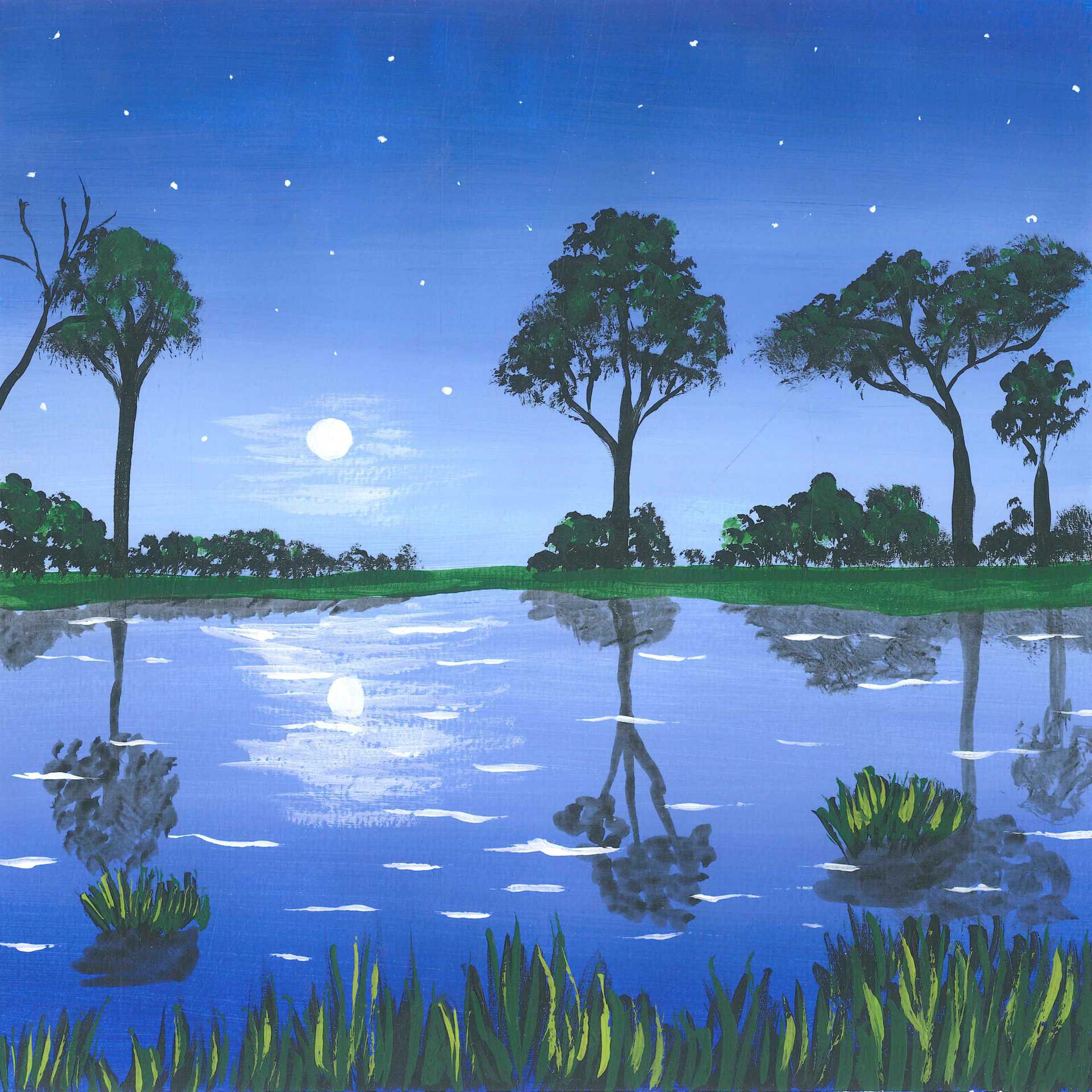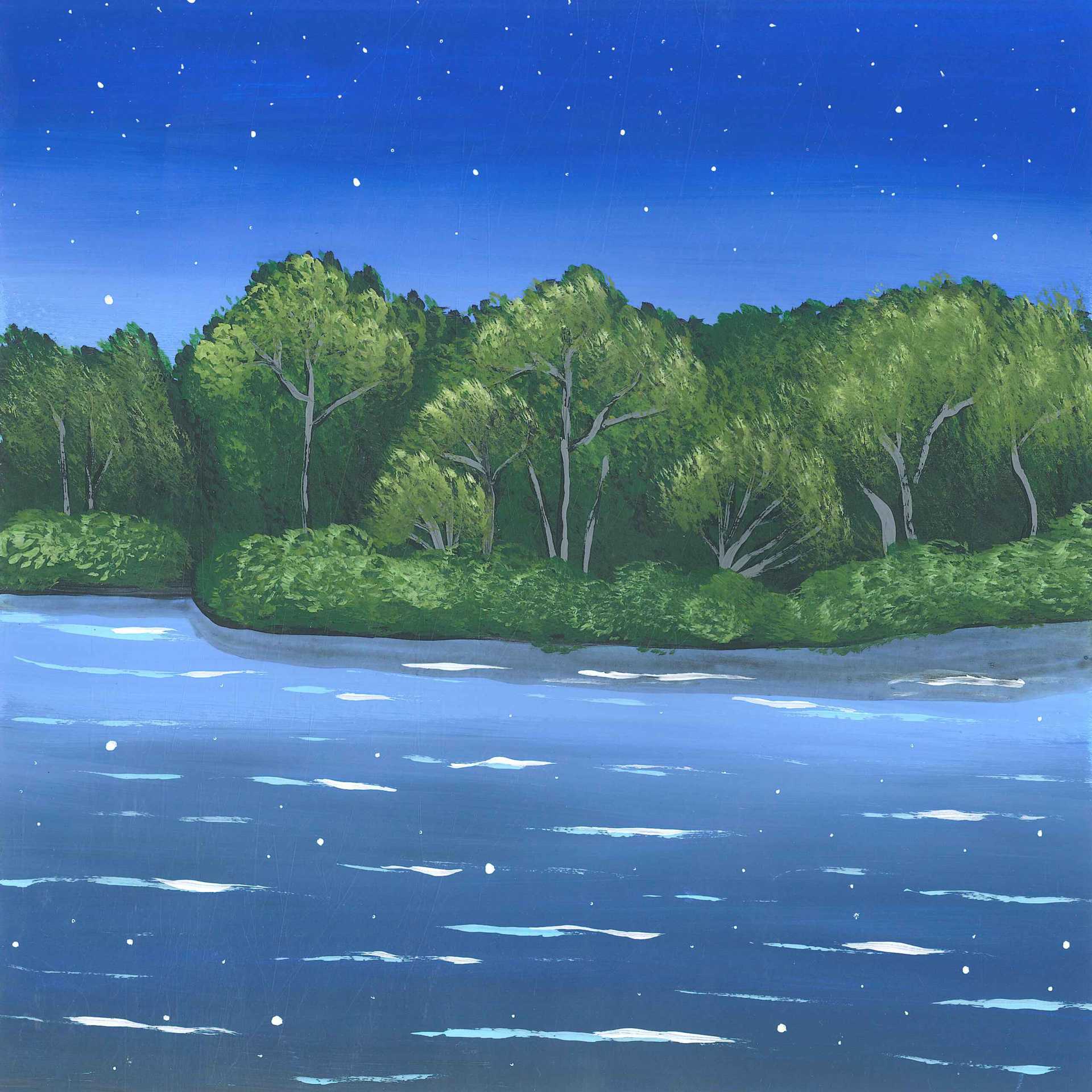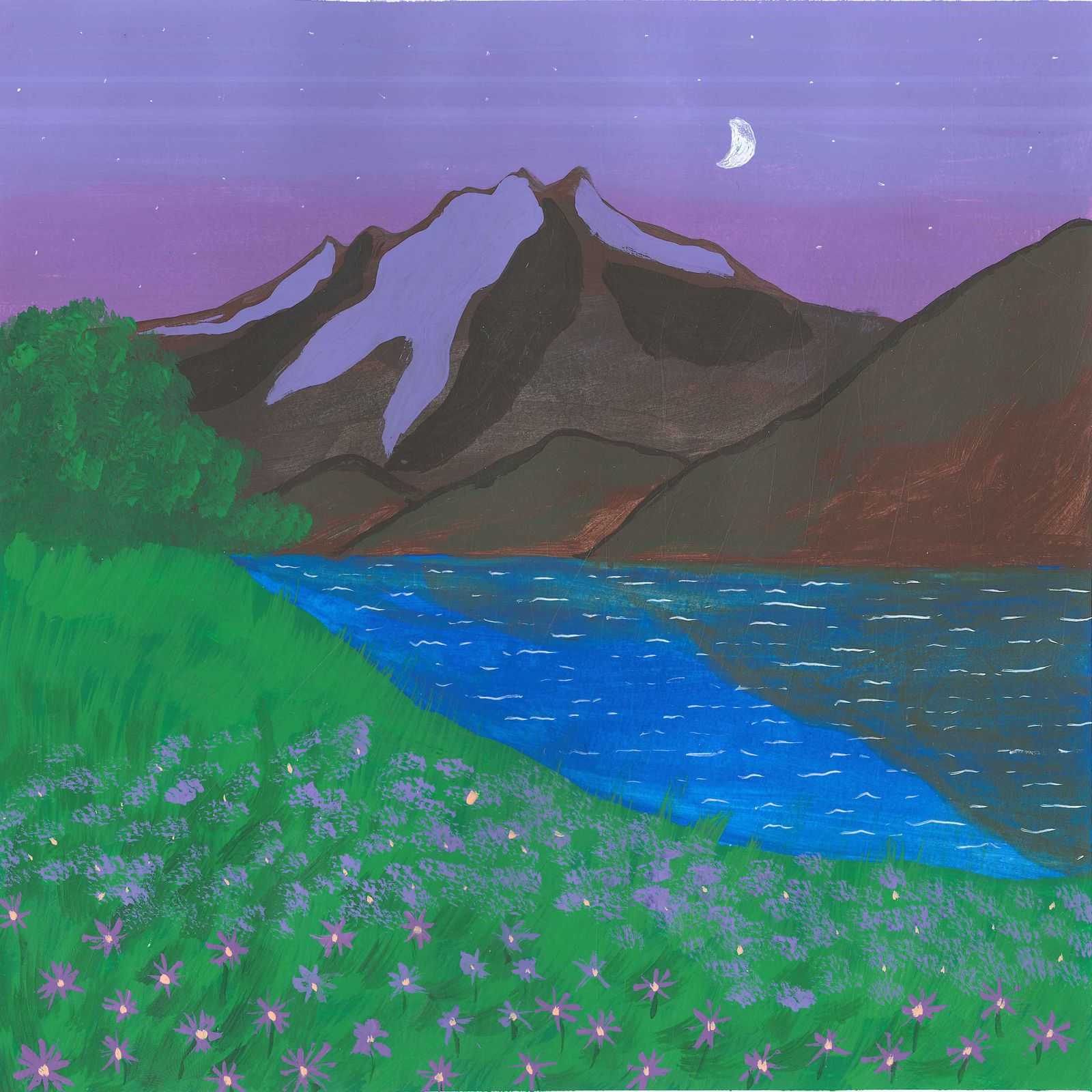What kind of sounds do frogs make?
Frogs are incredible animals that are capable of creating numerous sounds, including a:
- trill
- chirp
- scream
- bark
- grunt
- peep
- beep
- cluck
- croak
- quack
- whistle
- bellow
- hoot.
The calls made by frogs can be used to attract a mate, while others are territorial, distress, warning, and release calls.
What is the difference between frogs and toads?
‘Frogs’ is the common name for the amphibian Anura order. Some families within this order (particularly the Bufonidae family) are known as toads – as such, all toads are technically frogs, but not all frogs are toads. Therefore, scientific taxonomy (the classification of organisms) makes no distinction between frogs and toads, which can be collectively known as anurans.
However, species from ‘toad’ families can often be distinguished from other frogs on the following bases:
- Frogs have sleek and smooth, wet-looking skin (due to glandular secretions); toads have dry, lumpy skin
- As a result of the differences between their skin, toads lose moisture less easily allowing them to cope with drier conditions (including, in some cases, by climbing trees to find shelter)
- Frogs’ legs are longer than their head and body combined, and are suited to jumping (up to 20 times their body length); toads’ shorter legs are more suited to crawling
- Frogs are svelte and athletic, with pointed noses; toads are squatter, with broader noses (their tadpoles are also chunkier than frogs’)
- Frog spawn is laid in clumps; toad spawn in long strings.
Are frogs and toads endangered?
All amphibians are under threat; not only anurans, but also salamanders (including newts) and limbless caecilians.
Reasons for their decline include:
How can I support frogs and toads?
Support anurans (and other amphibians) by:
- Reducing the use of hair-coloring products and single-use plastic which contribute to the release of environmental estrogens and disrupt amphibian mating behavior
- Buying pesticide- and fertilizer free produce (these chemicals can contaminate amphibian species)
- Discouraging cats and dogs from preying upon and disturbing amphibians
- Reducing water consumption; excessive human water use reduces watersheds which amphibians require for stable habitats
- Registering toad crossing sites with UK charity Froglife’s Toads on Roads project or similar organizations in your country, to make them eligible for warning signs, or volunteering with a toad patrol
- Not transfering spawn between ponds (which can spread disease and invasive pond plants)
- Campaigning for more wildlife tunnels under roads
- Reporting ill or dead amphibians to local wildlife organizations.
If you own a garden, you can provide habitats for amphibians by:
- Building a frog pond including native aquatic plants (to give amphibians food and shelter) and shallow and deep areas (to cater to both tadpoles and adults)
- Providing piles of rocks and logs as places to keep cool in summer, shelter in winter, and hide from predators
- Creating a compost heap to encourage the worms, slugs, and other invertebrates which anurans fed on – and a warm location to overwinter in
- Avoiding the use of slug pellets and pesticides which can poison amphibians.


